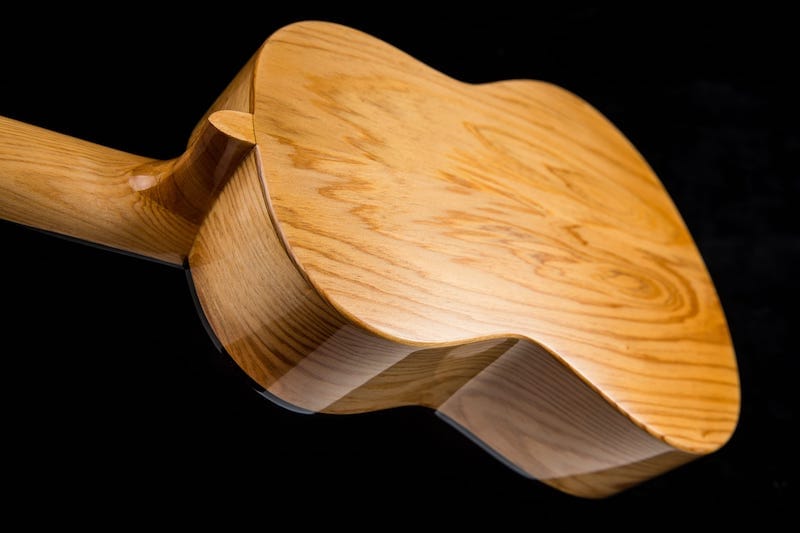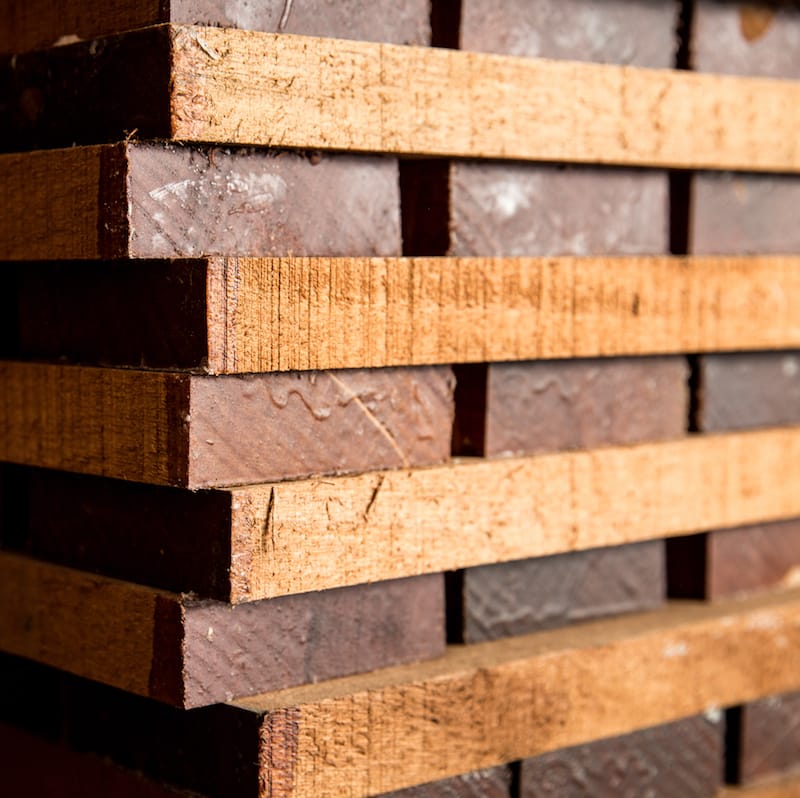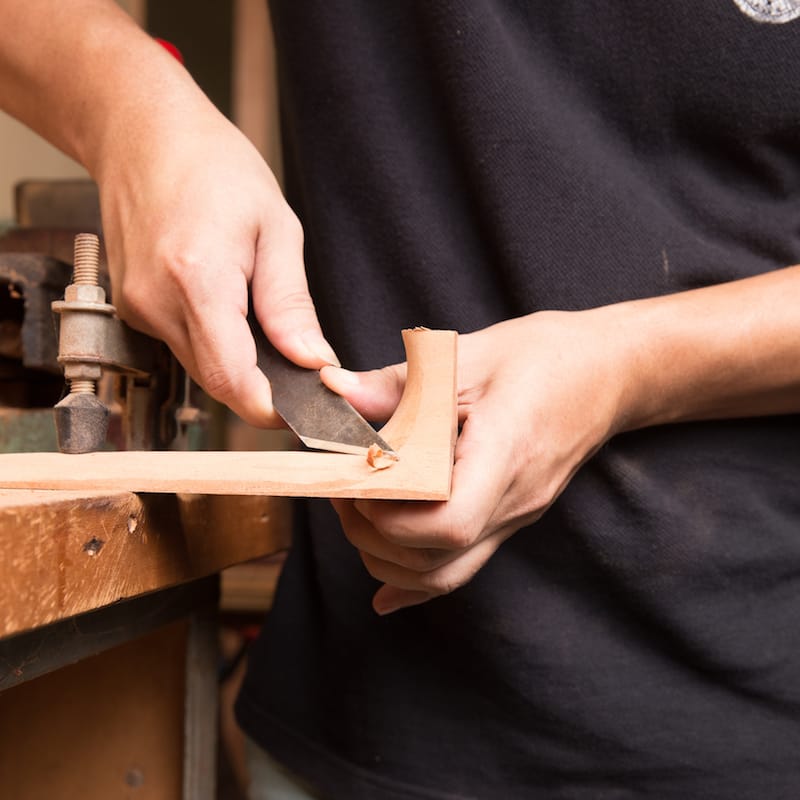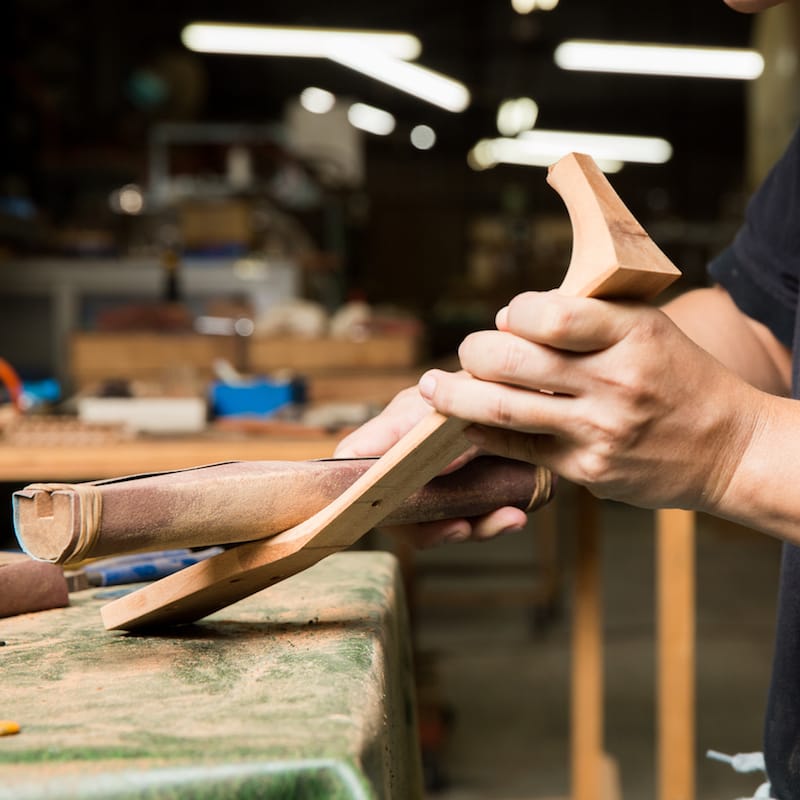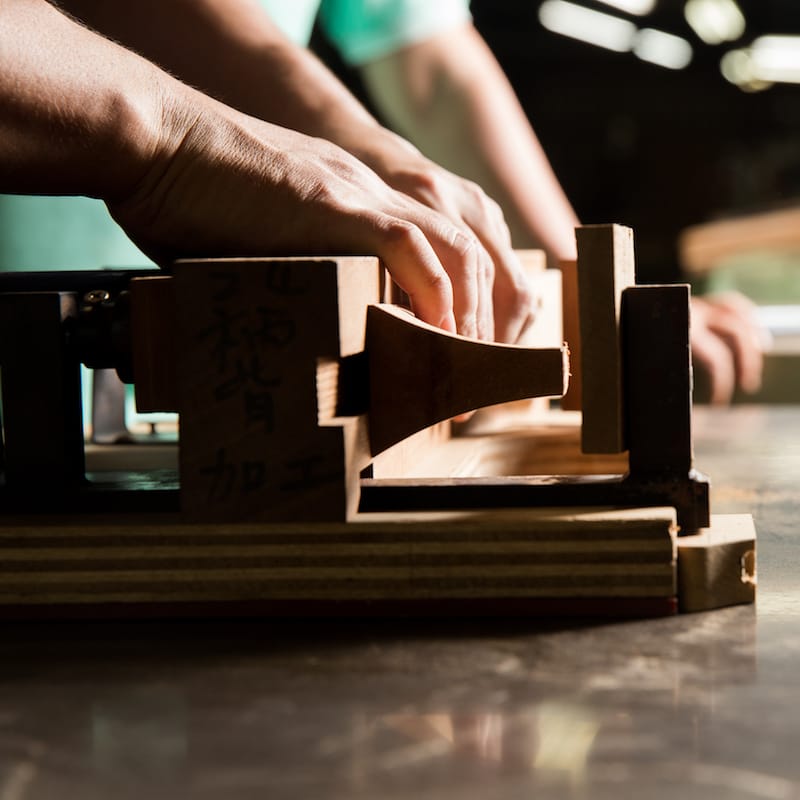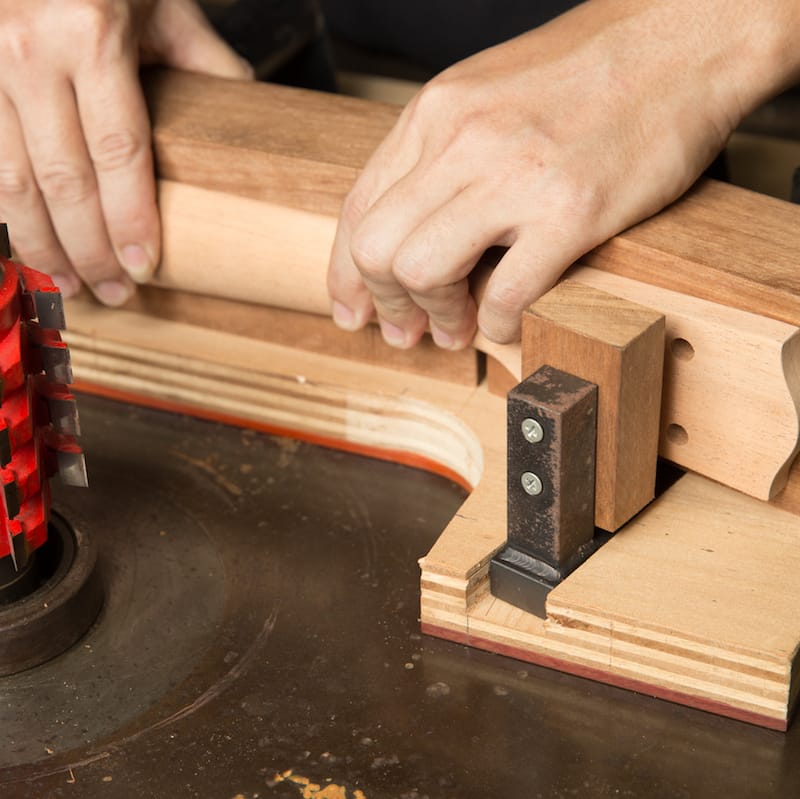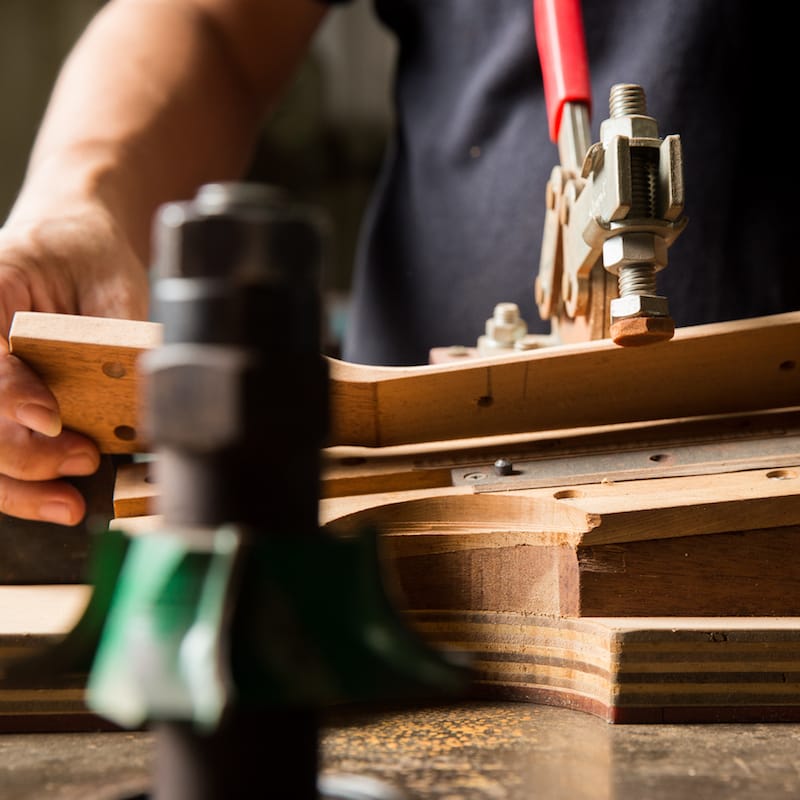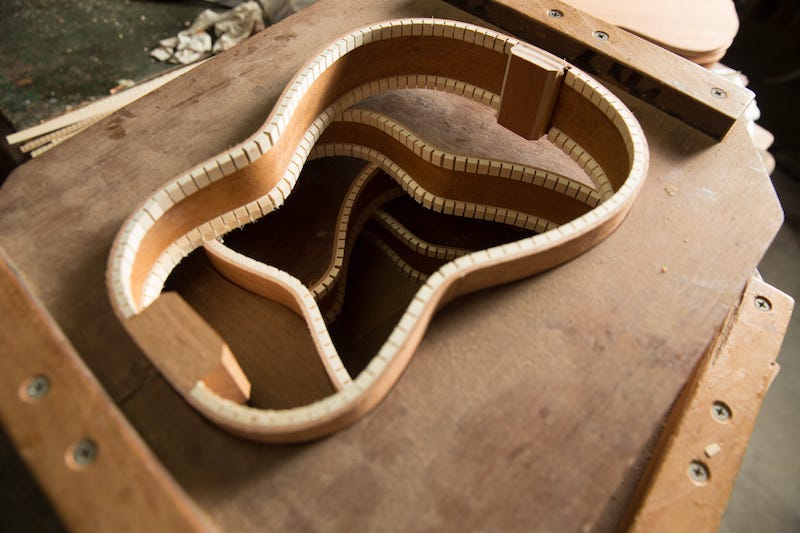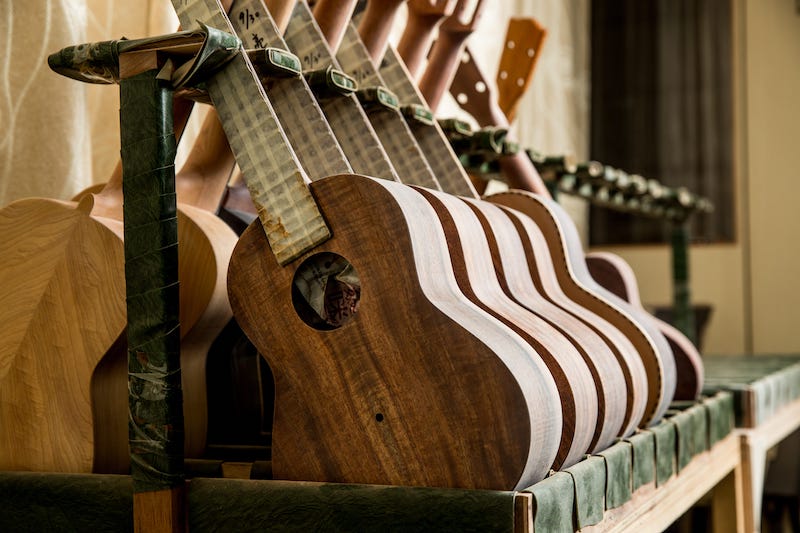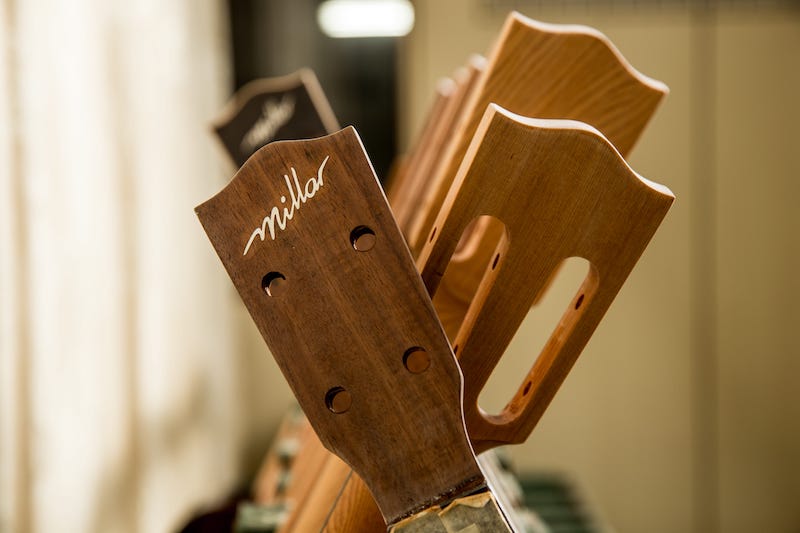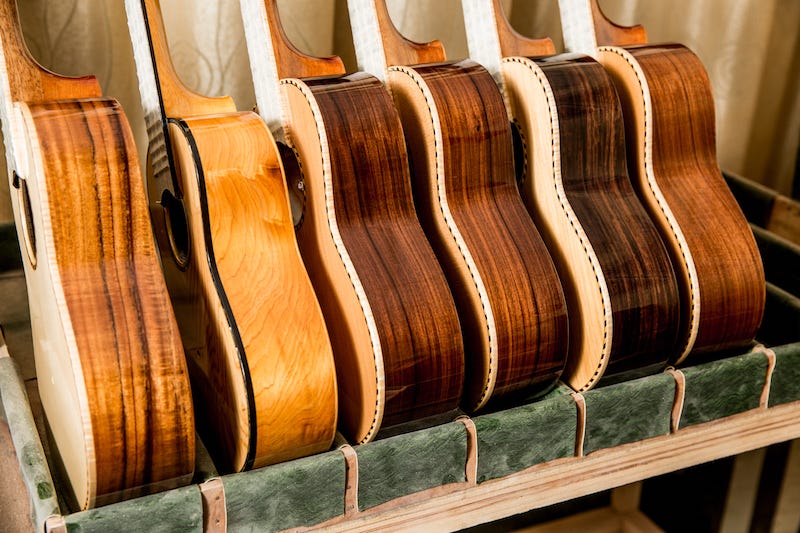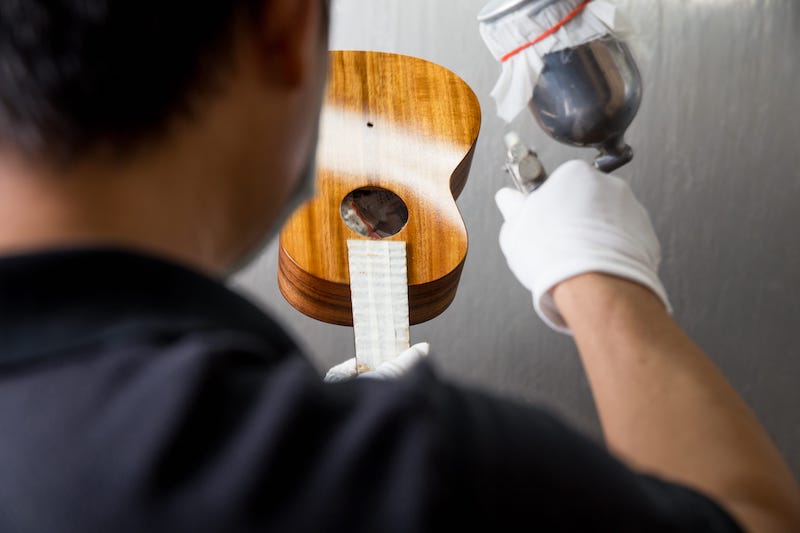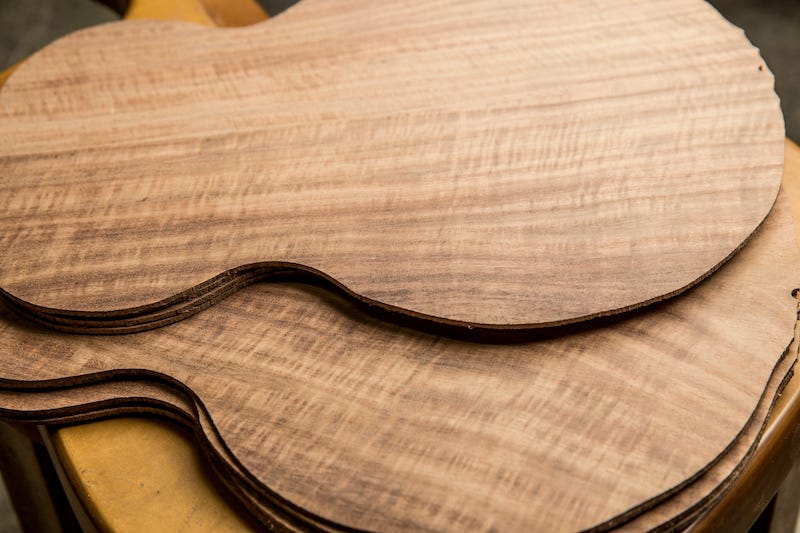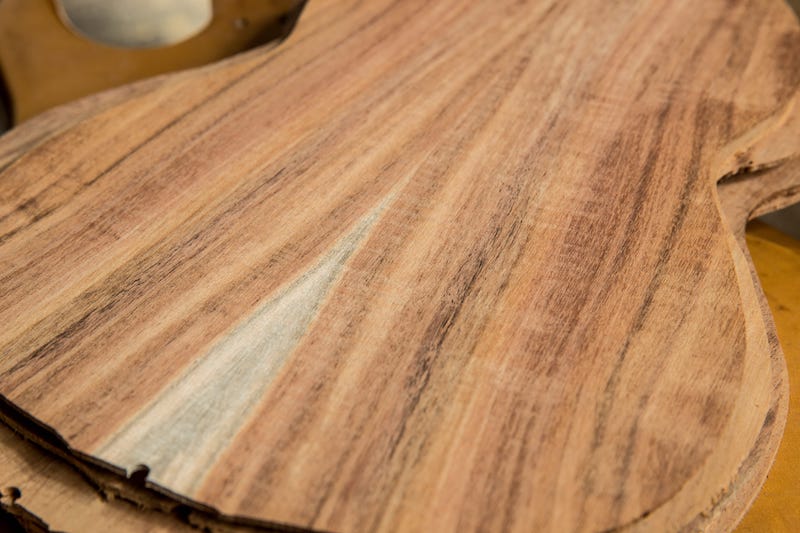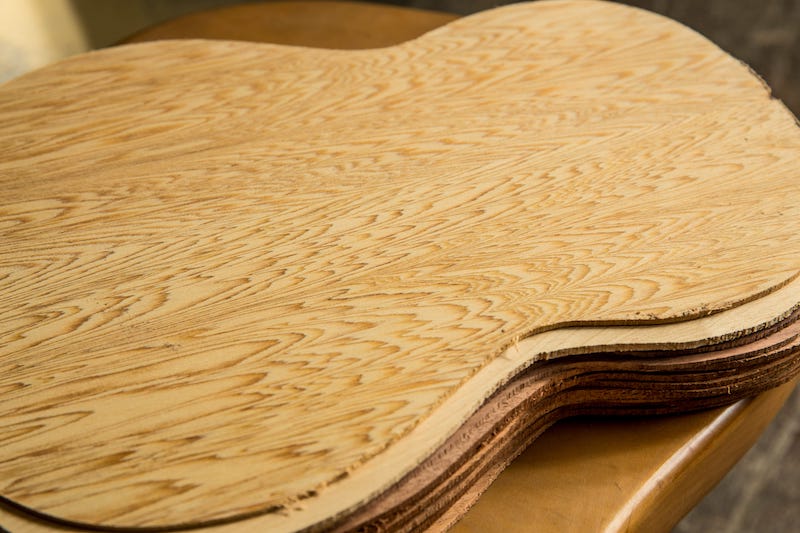Creating Millar ukuleles
Building process
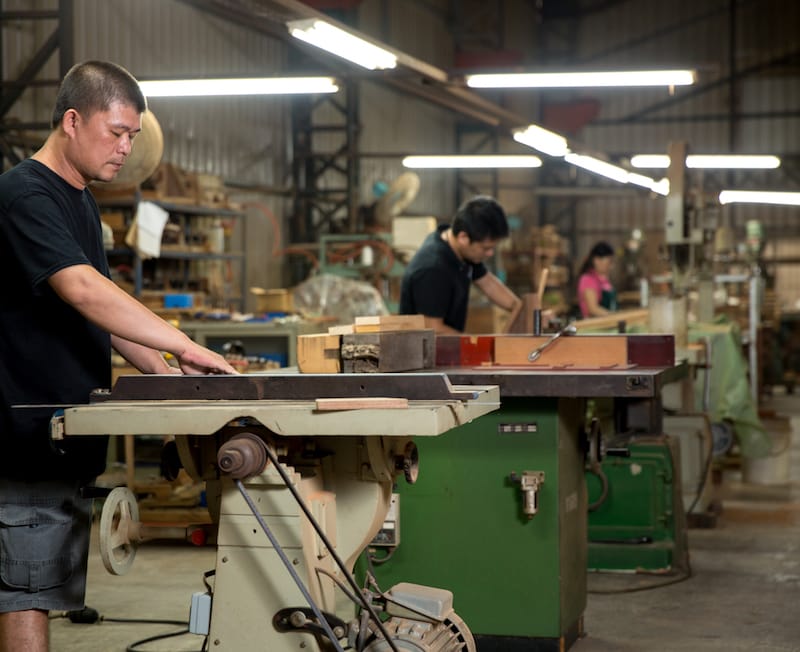
Millar's lutherie is a complex process with about 143 steps. One of the most important things that links all the processes is their knowledge of the wood. Each wood has different characteristics, and the same wood is treated in different ways depending on its grain.
Through the cold pressing technique, which takes an hour or two for each process, the wood is allowed to stretch naturally and to release its proper sound. Through the structural design, the stresses are offset against each other. The standardisation of each mould and tooling is closely matched, so that the quality of each finished product is as equal as possible.
With this knowledge and intricate process, Millar handcrafted ukuleles have both the sound and the structure which make them desirable.
Wooden string craft
Millar has added a wood rope design to some of its models. The rope is made from a cross between two or three solid woods, usually spruce, mahogany and acacia, and is used for inlaying the various parts of the instrument.
Because the rope is cut into strips, it can easily break when bent during the inlaying process, making it a delicate and tedious task. The finished ukuleles really have that wow look.
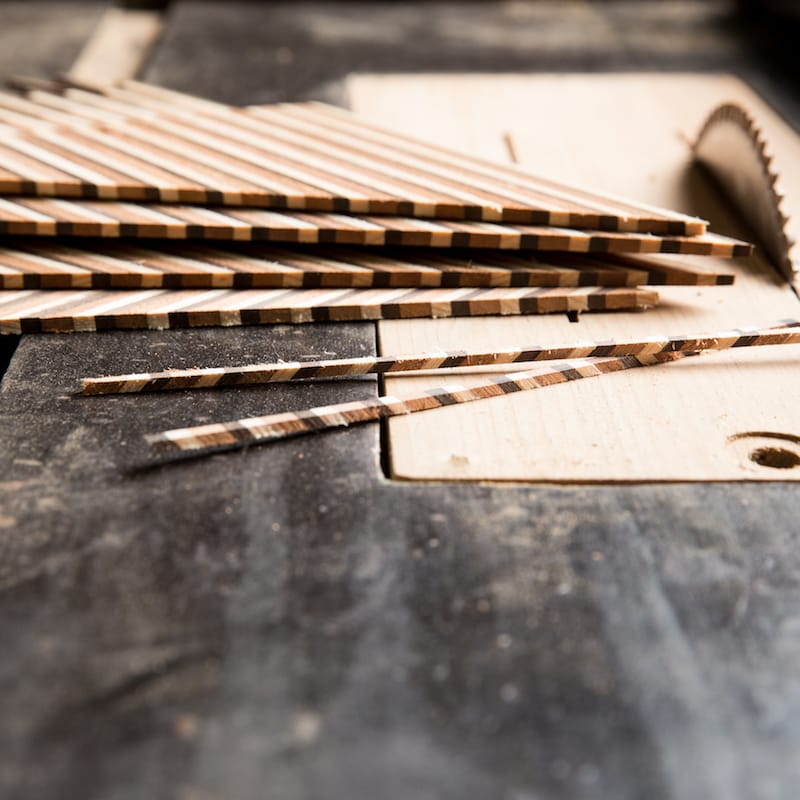
Wood finishes
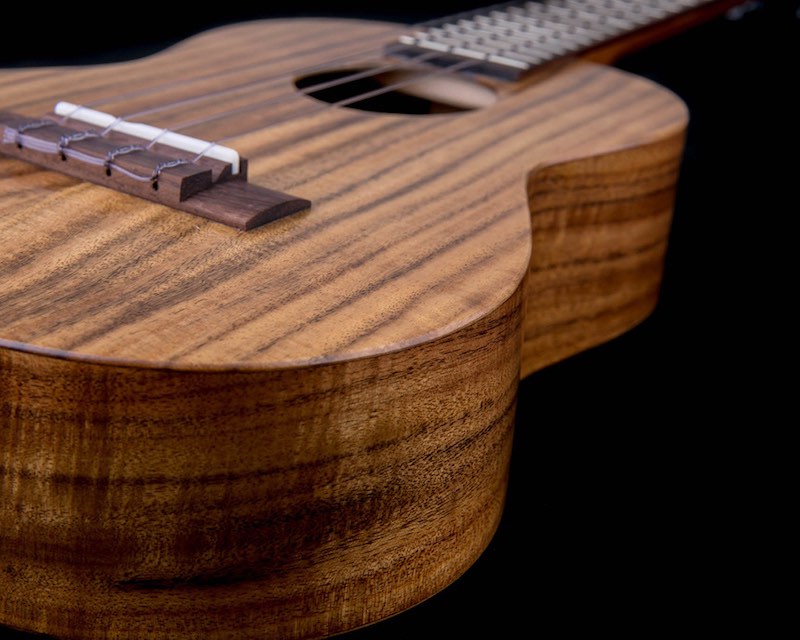
Satin Finish
The Millar satin finish series uses an open pore finish, allowing the fingertips to wander through the natural grain of the wood and the luthier's delicate workmanship. There is no extra finish or decoration on the finished product, so you can feel the natural vibrations of the wood as you play.
Gloss Finish
Millar uses a vegetable-based, environmentally friendly PU soft lacquer, which is applied at least 15 times to achieve a perfect external finish and to show off the wood grain. In the glossy series, Millar's wood grain grade is guaranteed to be 2A or higher.
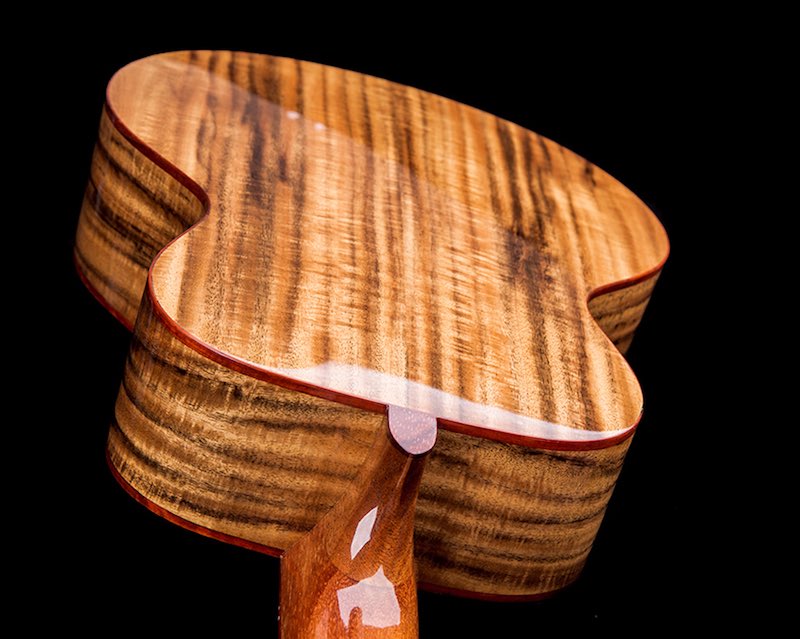
Woods
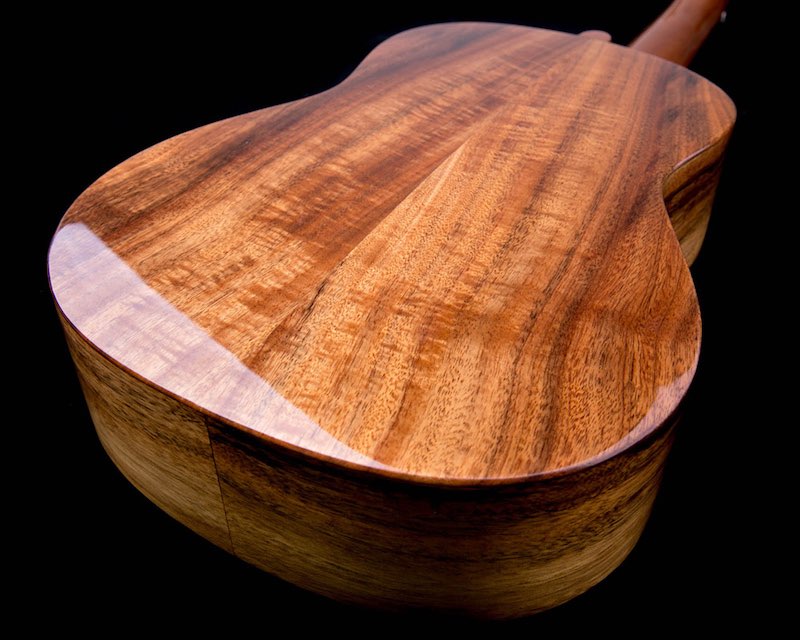
Asian Acacia
Among the Acacia woods in the world, Asian Acacia is a very popular species. Millar uses Acacia wood grown in Taiwan. Due to the large altitude difference in Taiwan, the colour and grain have great variations. Acacia is a collectors item for many wood grain lovers.
African Mahogany
Mahogany is recognised as one of the best materials for stability and transmission in the musical instrument industry. Millar uses a great deal of mahogany for its body, neck and construction, to achieve the best possible tone and vibration.
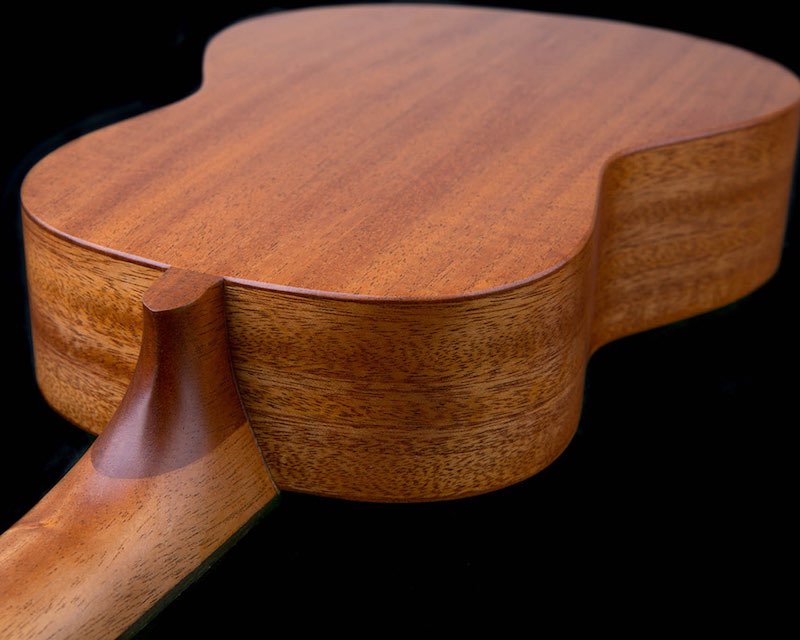
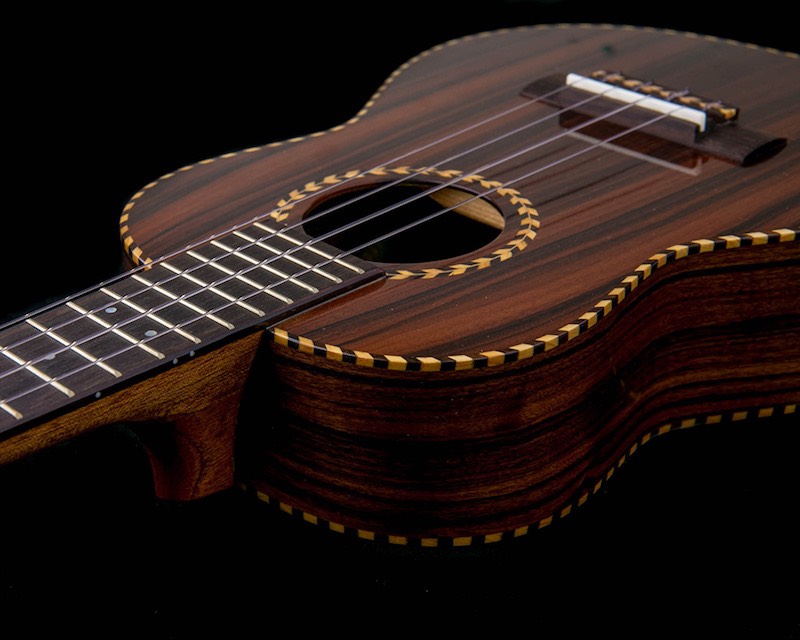
Bolivian Rosewood
Also known as Brazilian ironwood, this tree grows on the border of Brazil and Bolivia and is used for high-end furniture and artwork because of its strong structure and brilliant grain. The wood's characteristics make it ideal for those who like to be different from others.
Taiwan Cypress
Taiwan cypress is an internationally acclaimed Taiwan native tree species, and is one of the few woods that can bring out the fullness of low-G frequencies. Cypress has its own unique aroma, which is constantly emitted when playing with the vibration of the air.
